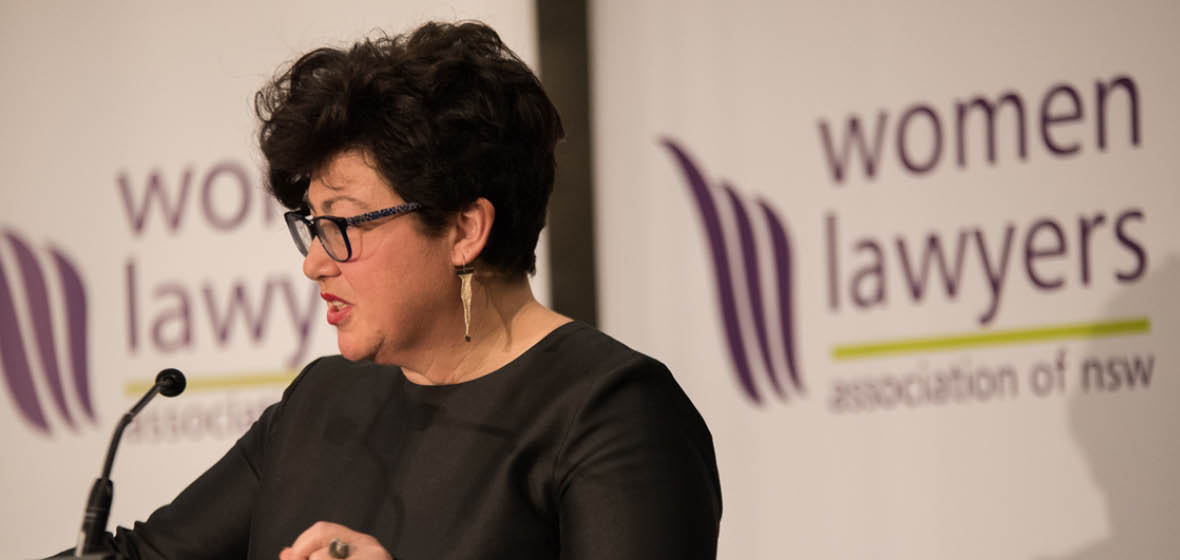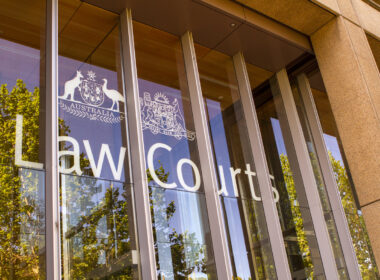More women are being promoted to top-tier law firm partnerships than ever before, but leadership of the Australian legal profession remains “overwhelmingly male dominated”, says a new report by the Women Lawyers Association NSW (WLANSW).
The WLANSW Law Firm Comparison 2019 report was published in November and shows the number of women promoted to partnership in Australian law firms with more than 100 employees has been trending upwards over the past three years. The report draws mainly on data from the Workplace Gender Equality Agency (WGEA) but also cites public sources including the Law Council of Australia, announcements in online media platforms, published surveys and firm websites.
Since 2017, 13 firms that made partner promotions met the 40 per cent minimum female partner percentage target recommended by WLANSW. Three firms – Clayton Utz, Maddocks and Holding Redlich – were praised for exceeding 50 per cent female partner promotions since 2017.
However, the report also notes some discouraging figures – including that 10 firms promoted no women to partnership in 2019, despite the senior associate pool overall being dominated by women in almost every case.
“Almost every firm has a senior associate pool that is more than 50% female. This suggests that the pipeline is not the issue, rather the glass ceiling remains strongly placed between senior associate and partner level in some firms, warranting examination of what the requirements are to make partner in those firms,” said a statement from WLANSW.
The report also noted leadership of firms remains male dominated at the Chairperson, CEO and director level. 10 of 61 firms had no women on their governing bodies, and only a handful of firms had a female CEO.

The results come one year after WLANSW called on the legal profession to commit to targets for partner admission in a 40/40/20 model – with 40 per cent of new partner admissions in any year being male, 40 per cent being female, and 20 per cent remaining variable, depending on the candidate pool.
“Targets are an effective way of keeping firms accountable, particularly when they are made public, and reflect the underlying pool of female partner candidates. We would like to see more firms commit to public targets for female representation,” said WLANSW President Larissa Andelman.
Andelman also said that firms needed to implement “practical and measurable steps” to achieve gender balance. One way of doing this was by encouraging men to take parental leave in equal measure to women.
“Women are overwhelmingly the ones taking parental leave … despite many firms having generous paid leave for secondary carers. This has to be a focus for firms, not just to support women, but to break down the cultural and structural barriers that make it unacceptable for men to work flexibly or take parental leave,” Andelman said.
A total of 61 entities classifying as “legal services” reported to the WGEA in 2017-2018 and were included in the WLANSW report. However, the data did not capture small and boutique firms with less than 100 employees. These smaller firms and sole practitioners make up more than 50 per cent of the profession, according to the Law Society of NSW 2018 National Profile of Solicitors.
Susan Price, a lawyer and author of the report, said that there may be more variety in partnership composition among small firms. However, the gender composition was still an issue across firms of all sizes.
“We do know from Law Society of NSW statistics that women comprise 26 per cent of all Principals, excluding sole practitioner firms, and 37 per cent of sole practitioners, which would suggest that partnership composition is still an issue across all firms.”
Read the report in full here.




